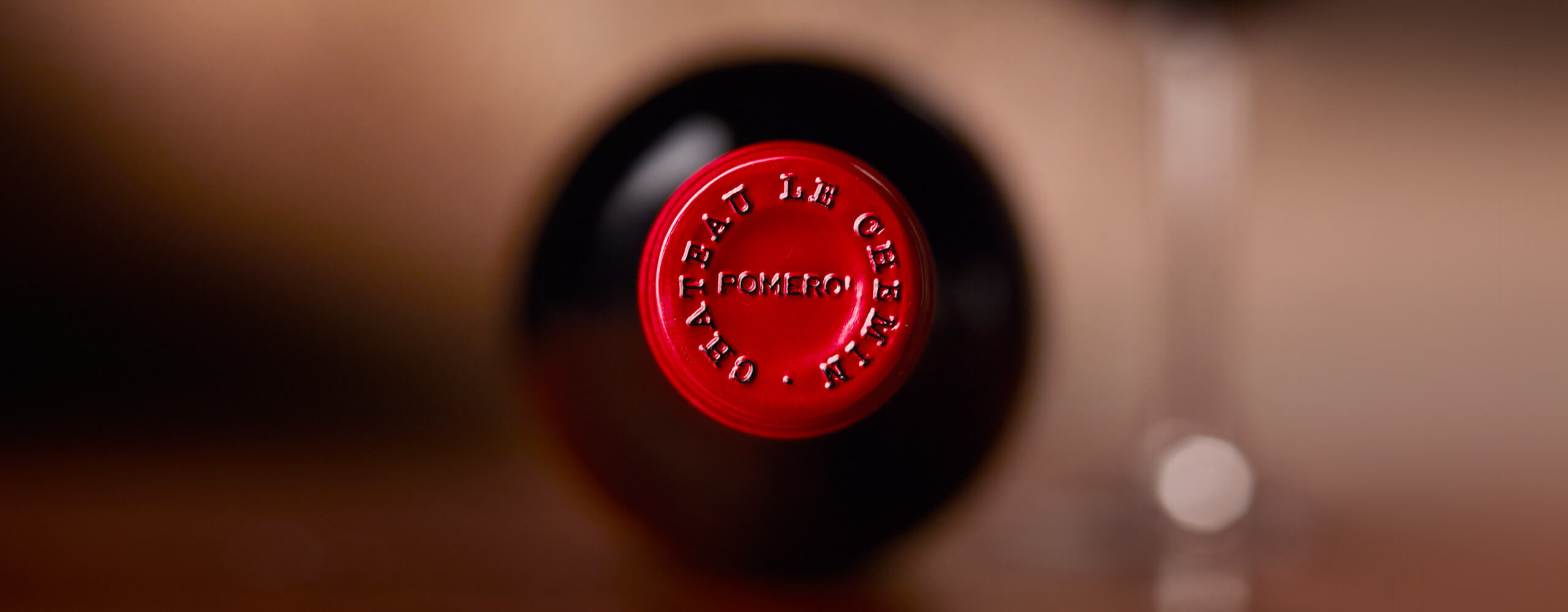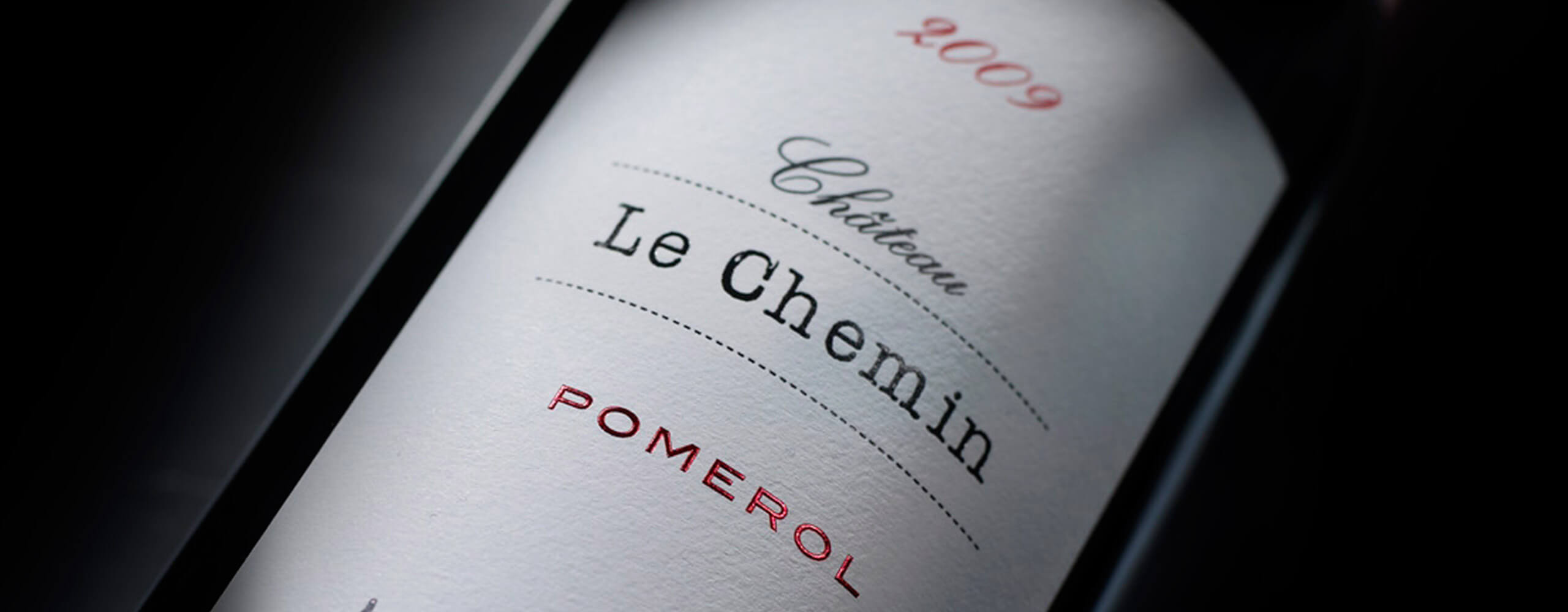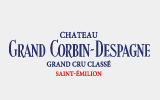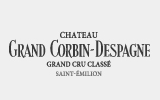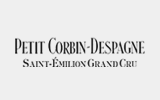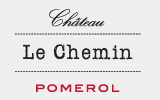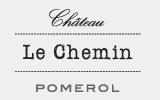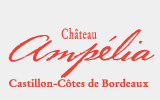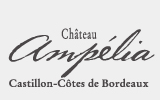Located along the pilgrims’ route to Santiago de Compostela, this vineyard is well worth the stop-off for its own particular reasons.
Taking over this property was the fulfilment of a dream cherished by its present owner, François Despagne, who has always had a special love for the wines of Pomerol.

A little bit of history…
The story of “Le Chemin”, which means The Way, follows one that began several centuries ago in a neighbouring vineyard in Saint Emilion. In 1996, François Despagne, a member of the family’s seventh generation of winemakers, took over the torch at Grand Corbin-Despagne.
Three years earlier, in 1993, his parents, the Despagne-Rapins, had acquired Le Chemin, in Pomerol. They passed it down to their son, François Despagne, in 2008.
“I have a special place in my heart for Pomerol,” says François Despagne, “and Le Chemin gave me the chance to fulfil a dream. I’ve set out to make a delicate, fine and elegant wine that can be appreciated both by enthusiasts and novices.”
“The wine’s name has a special significance for me. It evokes my own path and my quest to make the best possible wines in each of the terroirs with which I have been entrusted. The name also refers of course to the spiritual quest of the pilgrims on their way to Santiago de Compostela.”
Pomerol –a wine with special soul
Captivated by the special soul found in Pomerol wines, François Despagne happily responded to the challenge of a new path and a new growth. After Grand Corbin-Despagne (a Saint-Emilion Grand Cru Classé), Reine Blanche (Saint-Emilion Grand Cru), and Ampélia (Castillon-Côtes de Bordeaux), the next challenge was Château Le Chemin, a wine in which he has successfully brought out its silky Pomerol texture and elegance.
The terroir spirit
The “Graves de Pomerol” (a part of Pomerol with high gravel content in the soils) gives wines that are silky, creamy and with elegant tannins. On the palate, they are longer rather than broad.
From the pruning to the harvesting, each necessary vineyard task (de-suckering, de-budding, removal of double shoots, de-leafing, crop thinning and shoot thinning) is performed in such a way that the highest quality grapes can be produced each year.
“The common thread that runs through my work as a wine grower is anticipation, respect and stability, in order to make the best wine possible in each vintage,” says François Despagne, who applies the same golden rules in each of his vineyards. “Through careful observation and decision-making throughout the whole of the growing season, I aim to produce a precise, well-defined wine that respects its terroir and its identity.”
Constantly attached to his land, he even chose to begin converting his vineyard in 1996 to certified organic status -a choice that reinforced his commitment to quality and high standards of vine growing.
Respect for the vineyard’s terroir and loyalty to its original identity are therefore the cornerstones of the Chemin wine-growing philosophy.
The road that Le Chemin has taken will no doubt lead it to a bright future.
Quality and uncompromising standards: from the harvesting to the bottling
Before the harvest, the berries are sampled on the vine, firstly by tasting and then by laboratory analysis. This enables us to determine when they will be perfectly ripe and ready to pick. While being manually harvested, the bunches are sorted in the vineyard. They are then sorted again at the cellars before being de-stemmed. The berries of the batches brought in from the two plots making up the vineyard are transferred to temperature-controlled vats. These are vinified according to their potential and monitored by close observation, analyses and tastings.
After maceration and running off, the wines are run directly into barrels for their malo-lactic fermentation. The wine ages in barrel for 12 to 15 months depending on the vintage and with a blend of different barrels (origin, char and cooper). The bottling is done 21 months after the harvest.
General technical data
-
Geographical location
At the foot of the Pomerol plateau slope, close to Château Rouget and Clos l’EgliseAppellation
PomerolSurface area
92 ares and 98 centiares (2.3 acres)Terroir
Gravel and sandy-clayAverage age of the vineyard
20 yearsRootstocks
101-14Density of plantation
5,500 vines per hectareVine-growing methods
4 ploughings without any use of weedkillers.
The vineyard has been organically-grown since 2008 and is officially certified as producing “Organic Wine” by Qualisud. -
Yield
40 to 45 hl/haHarvesting
By hand in small crates with successive sortingsVinification
Different operations that can vary according to plot batches and vintage : numerous short pump-overs, rack and return (délestage) and punching down of the cap (pigeage)Bottling
21 months after the harvestAnnual production
3,500 bottles depending on the vintageCanopy management work
De-budding, removal of double shoots, de-leafing, crop thinning, removal of lateral shoots
A brief history
This vineyard is situated on the “Chemin” or “The Way” -the pilgrims’ route to Santiago de Compostela. It had belonged to the Despagne-Rapin family for around 20 years, before being passed down in 2008 to François Despagne, who is the owner today.
This new growth offers a new challenge for him after Château Grand Corbin-Despagne – a Saint-Emilion Grand Cru Classé –, Château Reine Blanche – Saint-Emilion Grand Cru -, and Château Ampélia – Castillon-Côtes de Bordeaux -.

